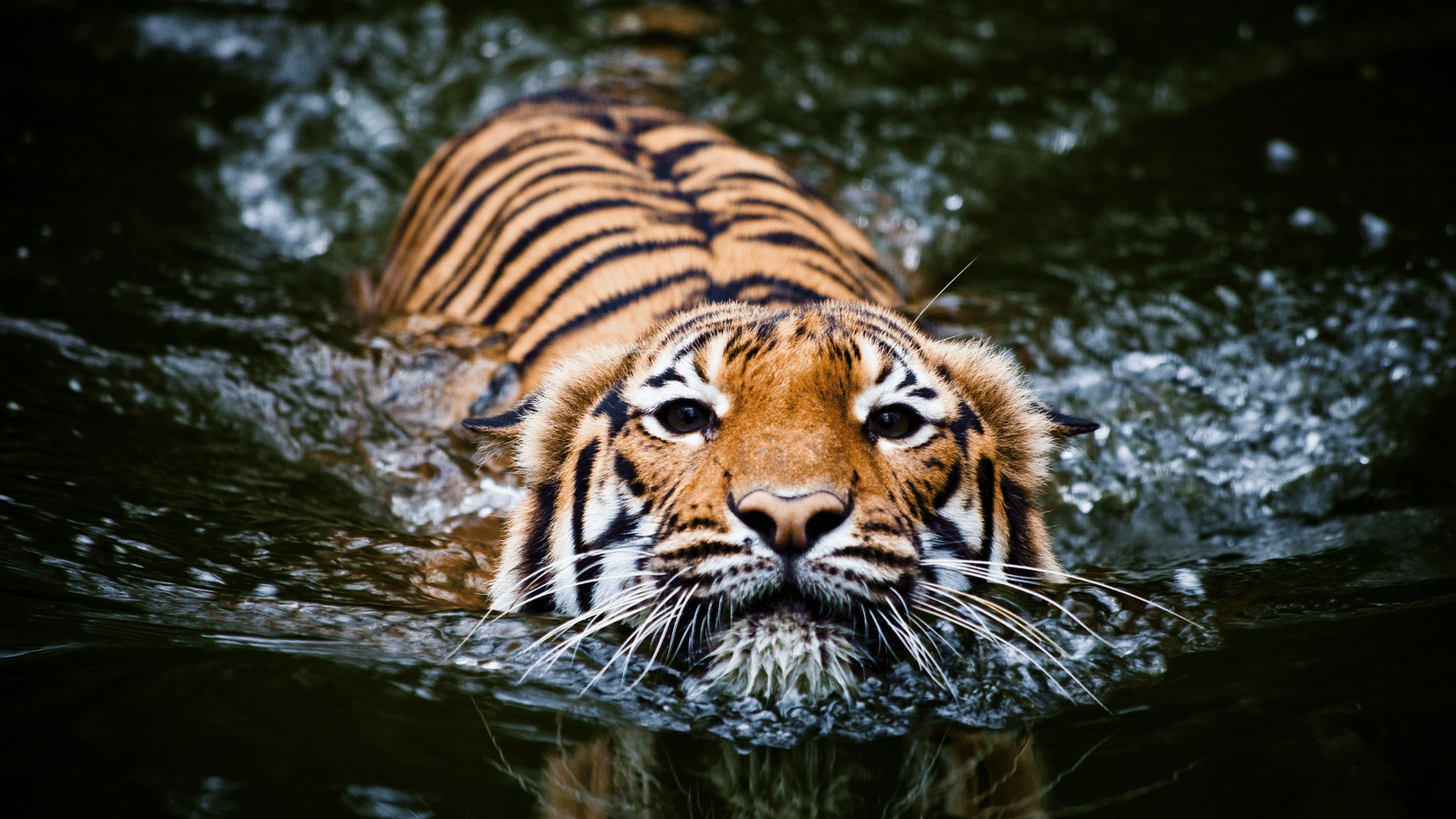- Echoes of the Past
- Tiger Trails & Territory Shifts
- 41 Rooms. 41 Distinct Stories.
- Juna Mahal Recognised by Condé Nast Traveller for Wilderness Escapes
- Juna Mahal Through the Monsoon Lens
- Through the Wild Lens: A Photographer’s Journey in Ranthambore
- Juna Mahal – A Photographer’s Haven in Ranthambore
- Earthen Elegance: Pottery Making at Juna Mahal, Ranthambore
- Timeless Trinkets: The Bangle-Making Experience at Juna Mahal
- Flavours of Tradition: Live Cooking
- Echoes of the Wild: A Unique Naturalist Experience at Juna Mahal
- Celestial Discoveries at Juna Mahal
- Experience a Serene and Eco-Friendly Diwali Celebration at Juna Mahal a Luxury Resort in Ranthambore
- Juna Mahal Wins "The Most Promising Resort in Ranthambore" Award at VETA 2024
- Honouring the Tigers of Ranthambore
- Discover Juna Mahal - Jungle Resort, Ranthambore: The Ideal Stay

The roaring heart of Ranthambore National Park may be its tigers—but the chapter being written now is about more than just sightings. From shifting territories to conservation initiatives, the story of Ranthambore’s big cats is evolving—and that means your safari experience is richer with meaning and possibility.
Recent reports indicate that while the tiger population in Ranthambore continues to be a draw, serious concerns have emerged regarding habitat space and oversight. The reserve, long thought to hold around 60-70 tigers, now faces issues of carrying capacity and missing individuals.
For photographers, this introduces a new dimension: you’re not just taking a shot of a majestic tiger, you’re documenting a moment in conservation, ecology and jungle dynamics.
Zones once favoured may see changes in tiger movement due to pressure on habitat, human boundaries, and prey availability. This means that being informed and flexible amplifies your chances: if you’re aware of a tigress moving into a bordering zone, you’re positioned precisely for that narrative shot. Safari-goers are beginning to see new behaviour—territorial shifts, habituation to waterholes, exploration of buffer areas, and sometimes even young males straying beyond traditional territory. A recent case of a tiger moving toward the Rajasthan–Madhya Pradesh border sparked relocation initiatives.
Recent reports indicate that while the tiger population in Ranthambore continues to be a draw, serious concerns have emerged regarding habitat space and oversight. The reserve, long thought to hold around 60-70 tigers, now faces issues of carrying capacity and missing individuals.
For photographers, this introduces a new dimension: you’re not just taking a shot of a majestic tiger, you’re documenting a moment in conservation, ecology and jungle dynamics.
Zones once favoured may see changes in tiger movement due to pressure on habitat, human boundaries, and prey availability. This means that being informed and flexible amplifies your chances: if you’re aware of a tigress moving into a bordering zone, you’re positioned precisely for that narrative shot. Safari-goers are beginning to see new behaviour—territorial shifts, habituation to waterholes, exploration of buffer areas, and sometimes even young males straying beyond traditional territory. A recent case of a tiger moving toward the Rajasthan–Madhya Pradesh border sparked relocation initiatives.
For the Wildlife Photographer
- Be ready for behavioural frames, not just portraits. Scenes of what appear to be transition: a tiger moving to new terrain, interactions near waterholes, boundary crossings.
- Mix your gear: wider lenses for territory-scale shots, longer lenses for intimate tiger portraits, and always a secondary lens for unexpected behaviour.
- Ask your guide about recent movements—being in the right place may depend on fresh intelligence rather than just luck.
- Layer your story: one photo can speak about a tiger—but think of conveying territory, environment, conservation pressure and wildness all in one image.
The Impact for Guests
For the visitor, this means safaris gain depth. You’re not just looking for “the tiger”—you’re witnessing part of the forest’s story. That adds resonance, intent and memory to each moment. And when you dwell in an accommodation that understands both the thrill and the subtlety of that story, your stay becomes part of the narrative.
As tourism-minded travellers and photographers shift their interest toward meaningful, story-driven experiences, the evolving big-cat landscape at Ranthambore offers exactly that—an opportunity to see raw nature, reflect on ecological realities and capture images that strike both beauty and significance.
As tourism-minded travellers and photographers shift their interest toward meaningful, story-driven experiences, the evolving big-cat landscape at Ranthambore offers exactly that—an opportunity to see raw nature, reflect on ecological realities and capture images that strike both beauty and significance.